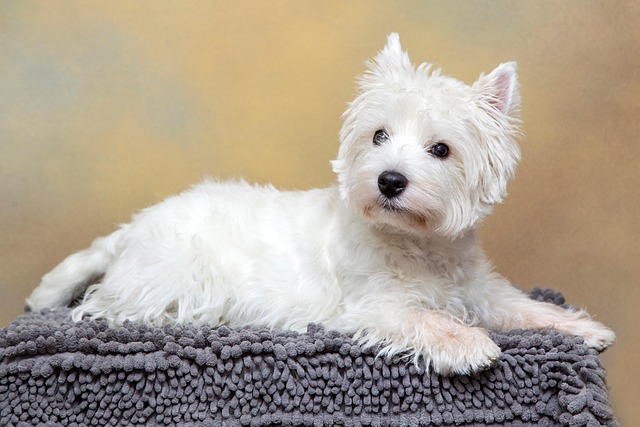
Will pumpkin help a dog pass obstruction?
When a dog that is usually lively and active suddenly loses its appetite, becomes listless, or even vomits frequently, every pet owner will be worried that it is intestinal obstruction, a "health killer".
Dogs, often called man’s best friend, have many ways to communicate with us. One of the most endearing and easily detectable signs of happiness is their tails held high and wagging vigorously. This seemingly simple yet profound behavior is rich with meaning, deeply rooted in their biology, evolution, and relationship with humans.
At a basic level, the movement of a dog’s tail is an important part of their nonverbal communication system. The tail is an extension of the dog’s spine, packed with muscles and nerves. When a dog is happy, the brain sends signals to the muscles in the tail to lift and wag. This is a direct physiological response to positive emotions.
From an evolutionary perspective, the behavior of wagging the tail has its roots in the social structure of the dog’s wild ancestors, the wolf. In wolf packs, body language, including the position of the tail, plays a vital role in maintaining social order. A high-raised tail is a sign of confidence and relative dominance in the pack. When dogs (who evolved from wolves) lift their tails when they are happy, it can be seen as a continuation of this ancestral behavior. In a family setting, dogs may lift their tails when they are in a positive, confident state, such as anticipating a walk, about to receive a treat, or simply enjoying time with a human family member.
The emotional connection between dogs and humans also plays a role in this behavior. Dogs are highly sensitive to human emotions and body language. Over thousands of years of co-evolution, they have learned to read our cues and express their emotions in ways that we can understand. When a dog wags its tail and holds it high in the air in our presence, it is not only expressing its own joy, but also trying to communicate that joy to us. It is saying, "I am glad to see you," or "This is a wonderful moment."
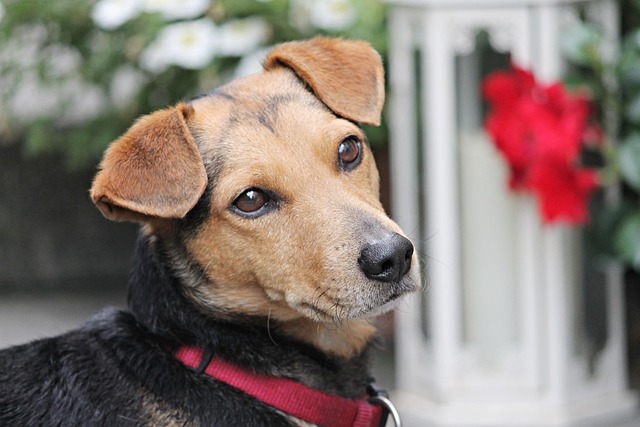 For example, imagine a dog waiting at the door for its owner to come home. As soon as it hears the familiar sound of a key in the lock, its tail begins to wag. It may jump up and down with its tail held high in the air. This is a sign of pure excitement and happiness. Dogs associate the return of their owners with positive experiences such as play, affection, and possibly treats. The upturned tail is part of a warm greeting, indicating that the dog misses its owner and looks forward to interacting with him.
For example, imagine a dog waiting at the door for its owner to come home. As soon as it hears the familiar sound of a key in the lock, its tail begins to wag. It may jump up and down with its tail held high in the air. This is a sign of pure excitement and happiness. Dogs associate the return of their owners with positive experiences such as play, affection, and possibly treats. The upturned tail is part of a warm greeting, indicating that the dog misses its owner and looks forward to interacting with him.
The position and wagging of the tail can also convey different levels of happiness. A slow, gentle wagging with the tail held moderately up may indicate that the dog is in a calm, contented state. The dog is relaxed and enjoying the moment, perhaps lying in the sun or being petted. On the other hand, a fast, frantic wagging with the tail held high and sometimes even curled over the back is a sign of extreme excitement. This occurs when the dog is about to go on an adventure, such as a trip to the park, or sees a beloved playmate.
The relationship between a dog's tail wagging behavior and its overall body language is also important. When a dog is happy and his tail is up, his ears may be erected forward, his eyes may be bright and alert, and his body may be in an energetic posture. He may move closer to you, nuzzle you, or gently lick you, which are additional signs that he is happy and eager to interact. And, different breeds of dogs may display this behavior in slightly different ways. Some breeds with naturally shorter or peculiarly shaped tails, such as bulldogs or corgis, still communicate happiness through the limited movements they can, such as rapidly wagging the vestigial base of their tails.
In addition, a dog's tail movements may also be influenced by environmental factors. In an environment that is familiar and feels safe, a dog is more likely to freely display happy tail movements. In contrast, if it is in an unfamiliar or stressful environment, its tail may not be held as high as usual even if it is originally happy. For example, a dog who is used to his own yard will wag his tail happily when playing in the yard. But when taken to a noisy, crowded pet store, although he may still be happy to be out with his owner, his tail may wag less confidently or even tuck it between his legs due to the unfamiliarity and stimulation of the environment.
The behavior of a dog holding his tail up when he is happy is a beautiful manifestation of the intersection of biology, evolution, and emotion. It is not only a way for dogs to express their emotions, but also an important way for them to establish a deep emotional bond with humans. By understanding and responding to this behavior in dogs, we can better appreciate and cherish the special relationship we have with these loving animals and give them the love and understanding they deserve.

When a dog that is usually lively and active suddenly loses its appetite, becomes listless, or even vomits frequently, every pet owner will be worried that it is intestinal obstruction, a "health killer".
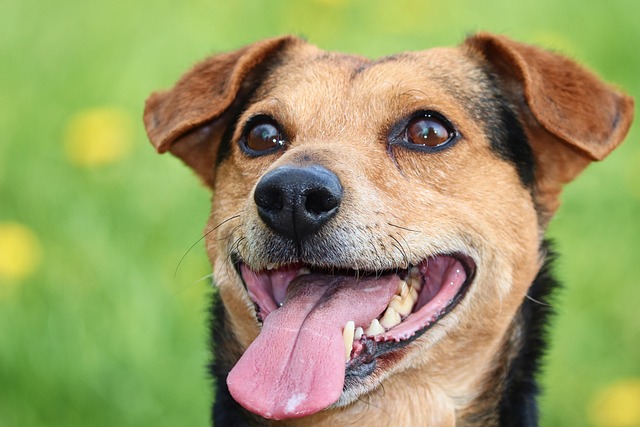
When we caress the furry ears of dogs and enjoy the warm moments of cuddling up with each other, our hearts are filled with happiness.
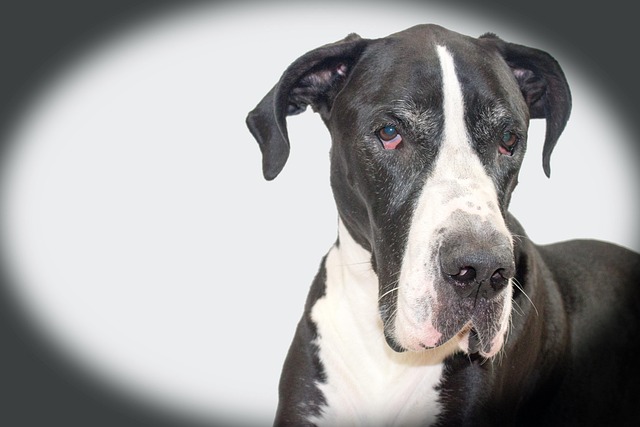
When we see the dog frequently shaking its head, scratching its ears, and even having red and swollen ears with an unpleasant smell,

When we pick up the scissors and prepare to trim the hair of our furry babies at home, we are full of expectations and a little nervous. Looking at the trusting eyes of the dogs, we all hope to create a comfortable and beautiful look for them.
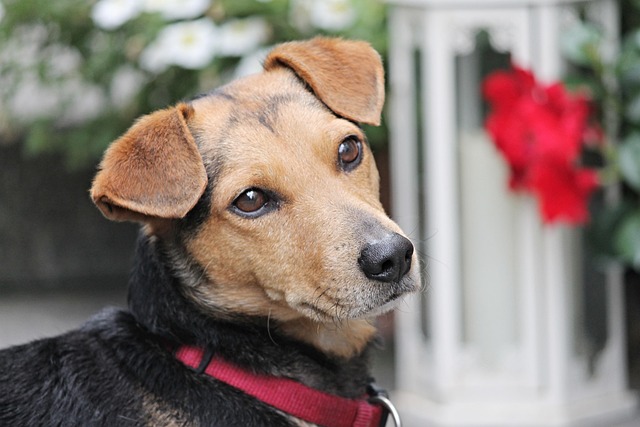
When the dog was found squatting in the corner, struggling hard but unable to excrete feces, its lively eyes were filled with discomfort and helplessness,

Watching the dog lying weakly on the ground due to diarrhea and vomiting, with its originally lively eyes losing their luster, every owner's heart feels as if it's being tightly gripped.